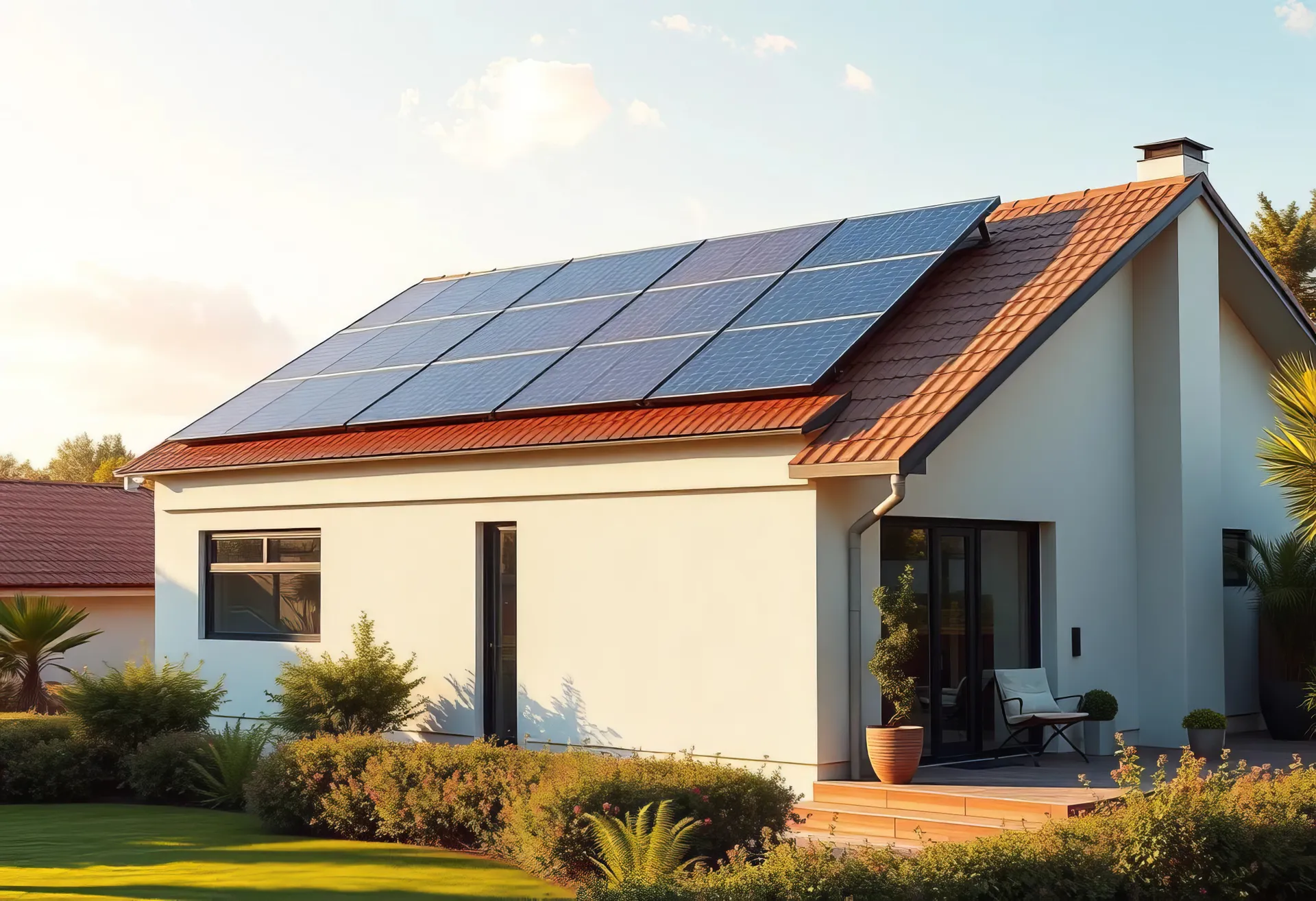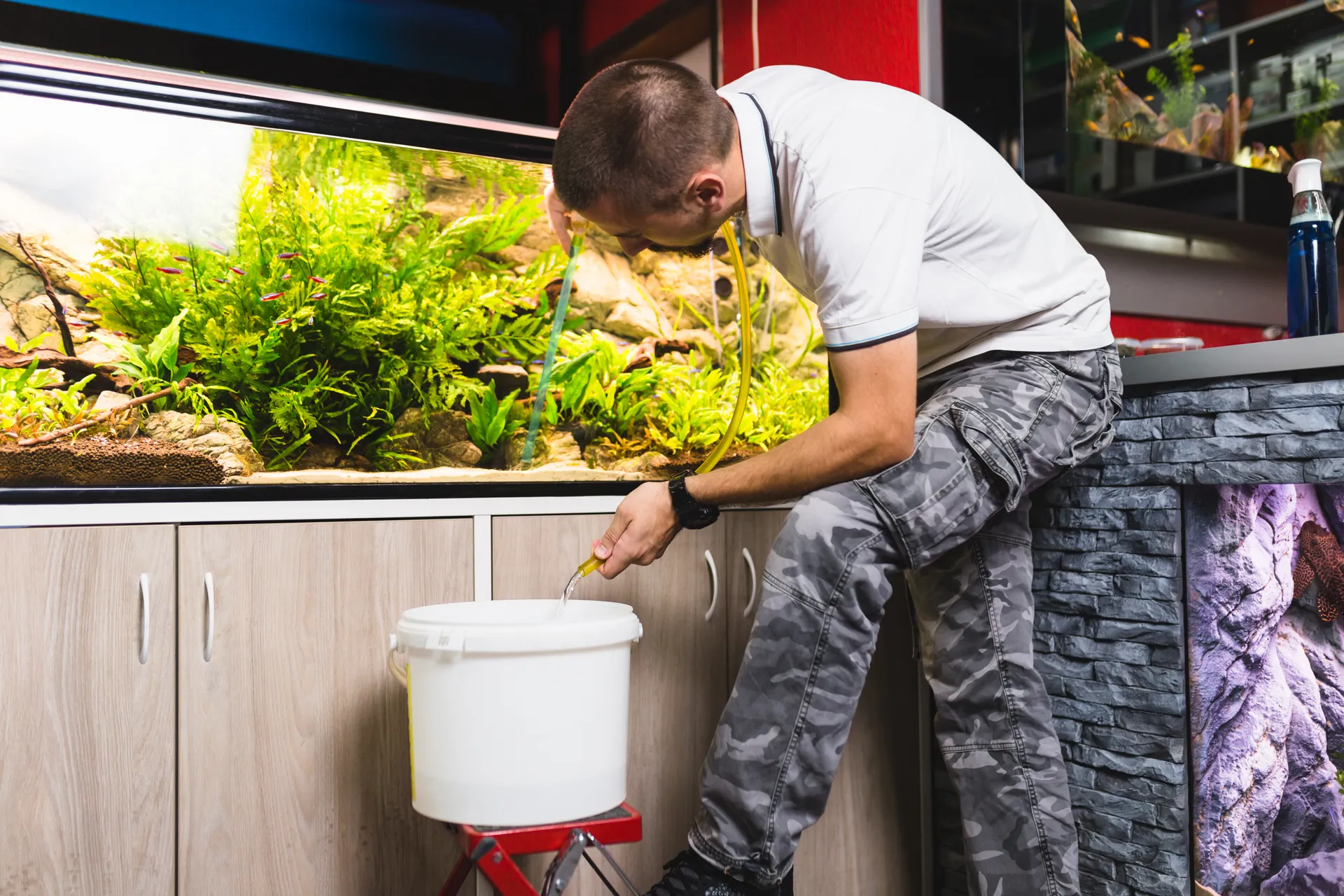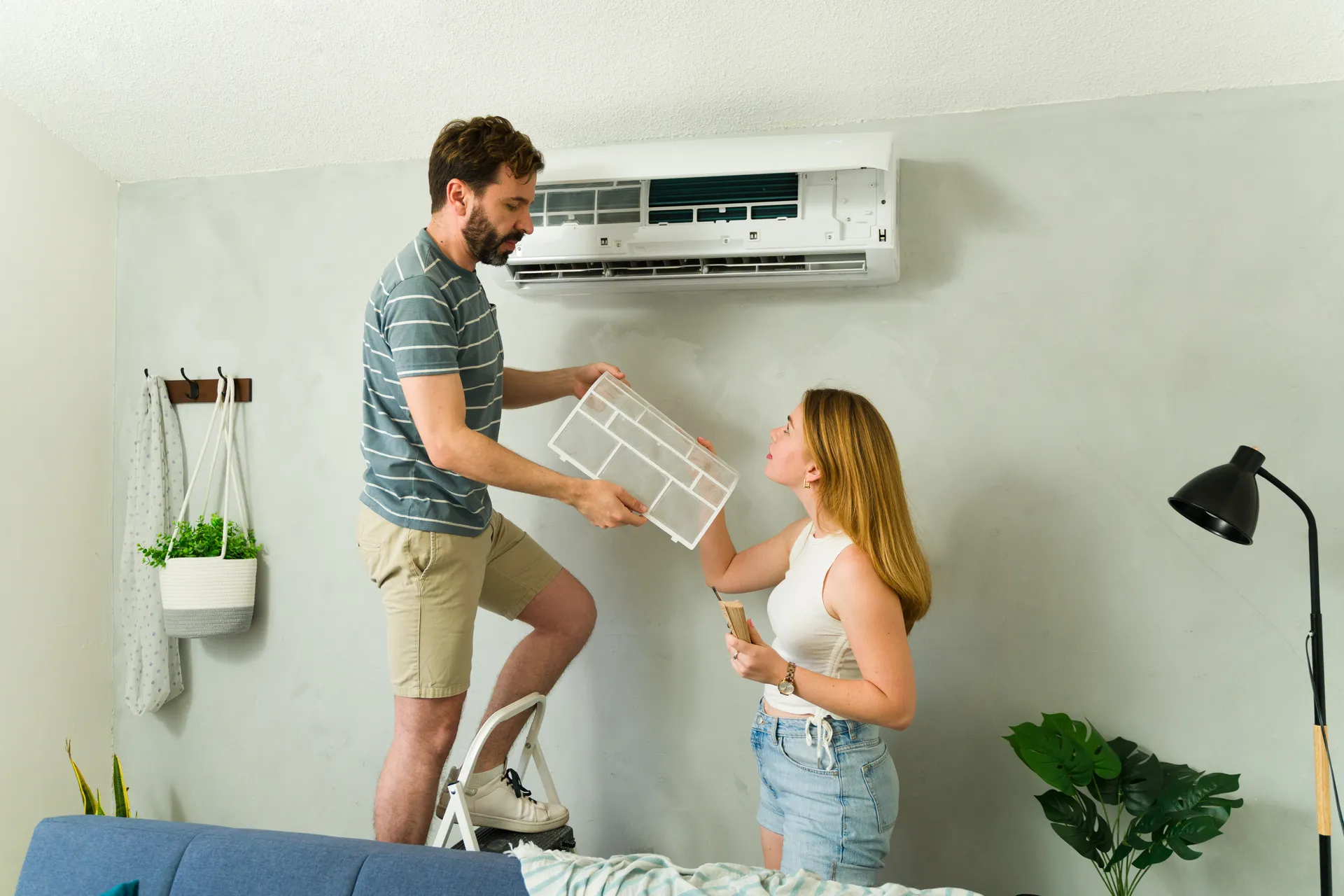Holiday-proof your garden: summer watering
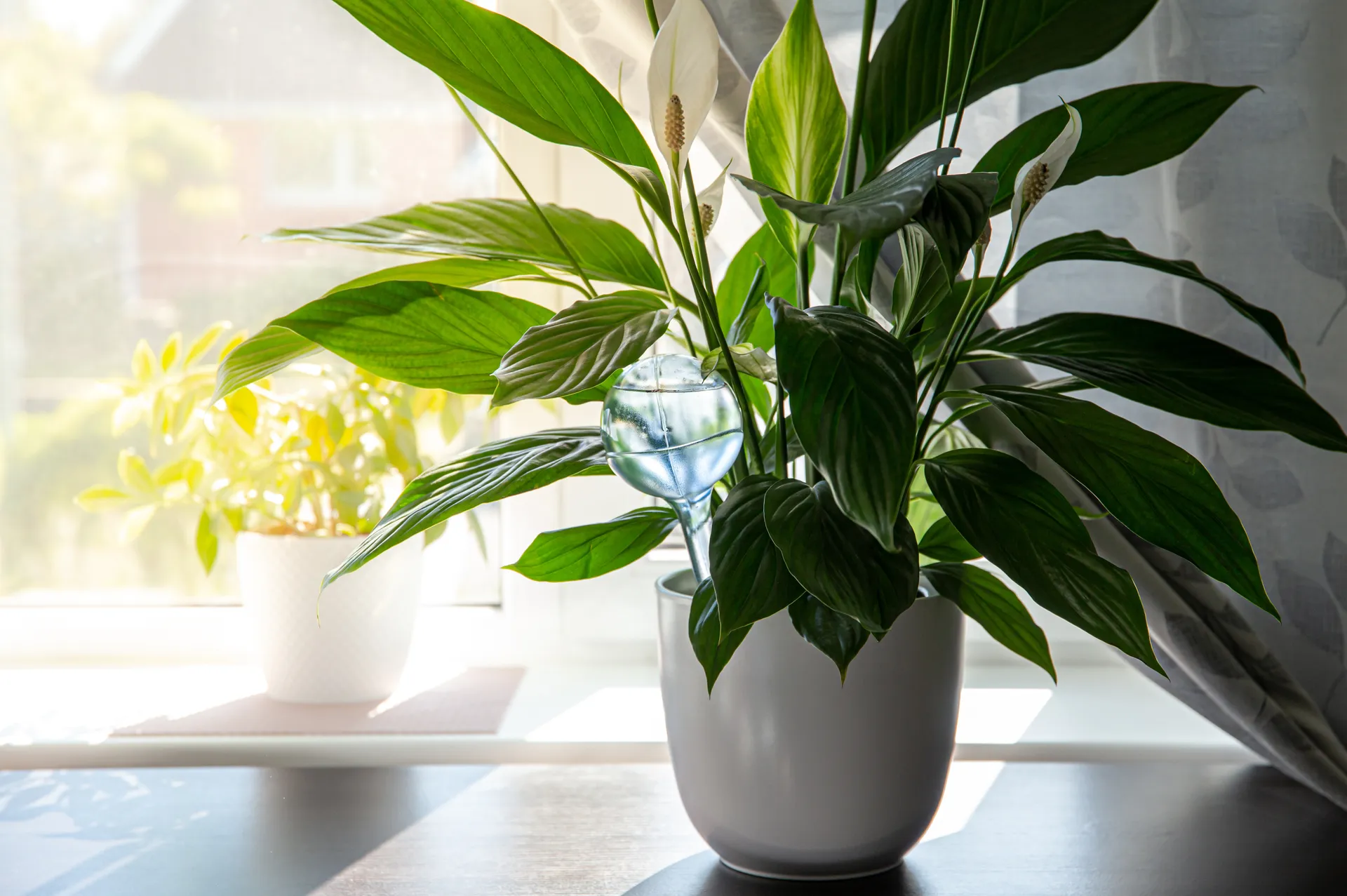
Planning a Christmas getaway? If you want to prevent your lettuce looking like a limp rag, remember the three P's, pavlova, presents, plants.

Whether you’ve got a balcony full of pots or a backyard bursting with garden beds, a little prep before you go can make all the difference.
Here’s how to keep your plants happy, hydrated and thriving while you’re off enjoying the holidays.
Pot plant survival tips

Water deeply before you go
Deep watering encourages roots to grow downwards, making them more resilient to heat and drought.
The night before you leave, give each pot a slow, thorough soak until water runs out the drainage holes. This encourages roots to grow deeper, making plants more resilient to heat. Avoid quick splashes – they only wet the surface and evaporate fast.
Move pots to shady spots
Shift pots under patios, pergolas, or leafy trees. If shade is limited, improvise with old beach umbrellas or shade cloth. Even a few hours less direct sun can reduce stress and water loss.
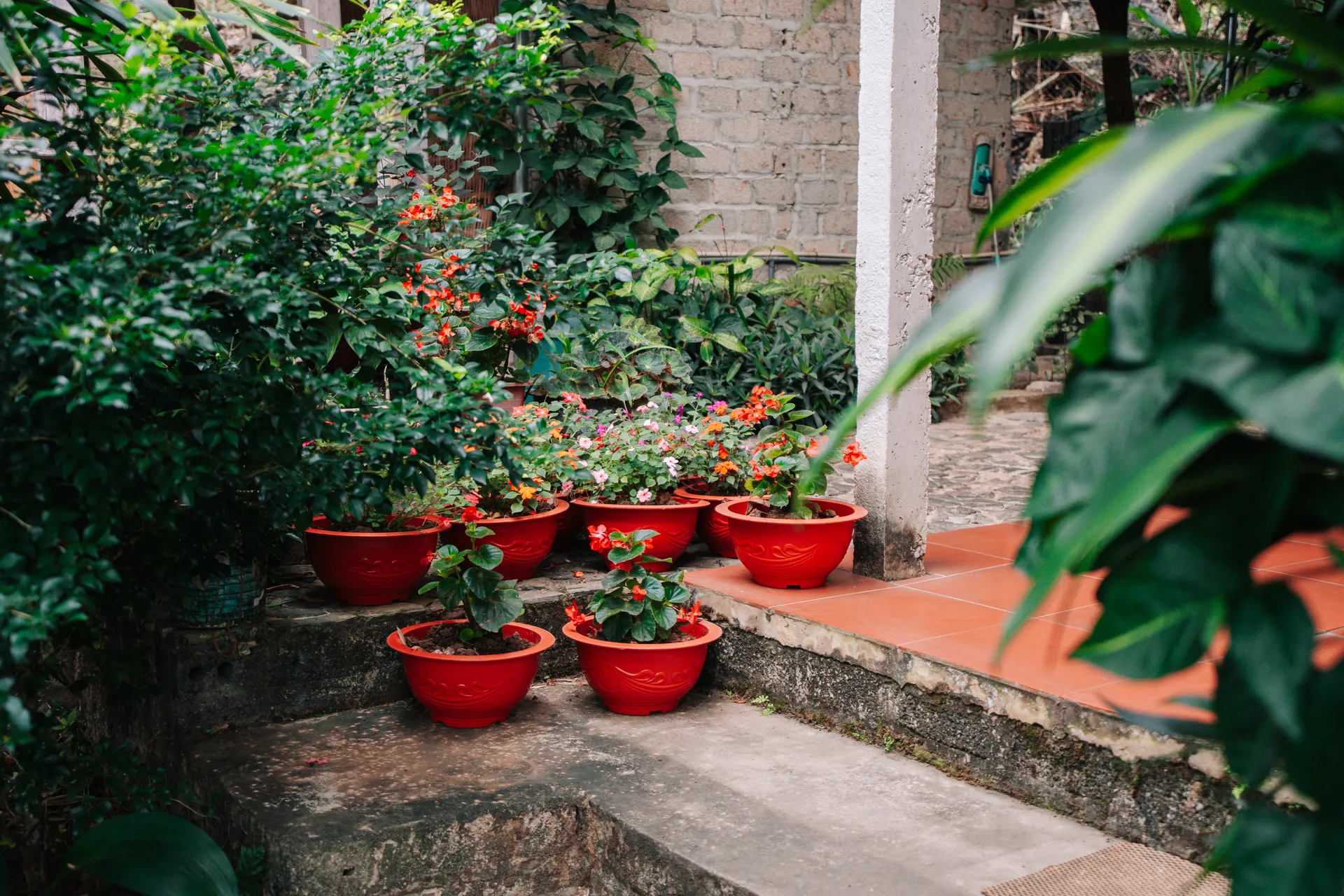
Use self-watering hacks
There are plenty of clever ways to keep your plants hydrated without needing a daily watering routine. Watering globes or spikes are a simple option – they slowly release moisture into the soil over several days and are ideal for small to medium pots.
You can also make your own wick system using cotton rope. Place one end in a bucket or jar of water and the other in the potting mix. The rope draws water into the soil as needed, keeping it consistently moist. This method works well for indoor plants or grouped pots on a balcony.
Another easy DIY trick is to fill a plastic bottle with water, poke a few small holes in the cap, and bury it upside down in the pot. As the soil dries, water slowly seeps out. For larger pots, use a 2-litre bottle; for smaller ones, a standard drink bottle will do the job.
If you’re going away for more than a few days, consider setting up a basic drip irrigation system with a timer. These are available at most hardware stores and can be customised to suit your garden size.
Mulch your pots
Add a layer of straw, bark or coco coir to lock in moisture and keep roots cool.
Group pots together
Cluster pots close to create a mini jungle. Plants share humidity, reducing evaporation. Place the most delicate plants in the centre for extra protection.
Consider a timer-based irrigation system
If you’re heading away for more than a week, a timer-based drip irrigation system can be a lifesaver for your garden. These systems deliver water slowly and directly to the root zone, reducing evaporation and ensuring plants get consistent moisture – even during heatwaves.
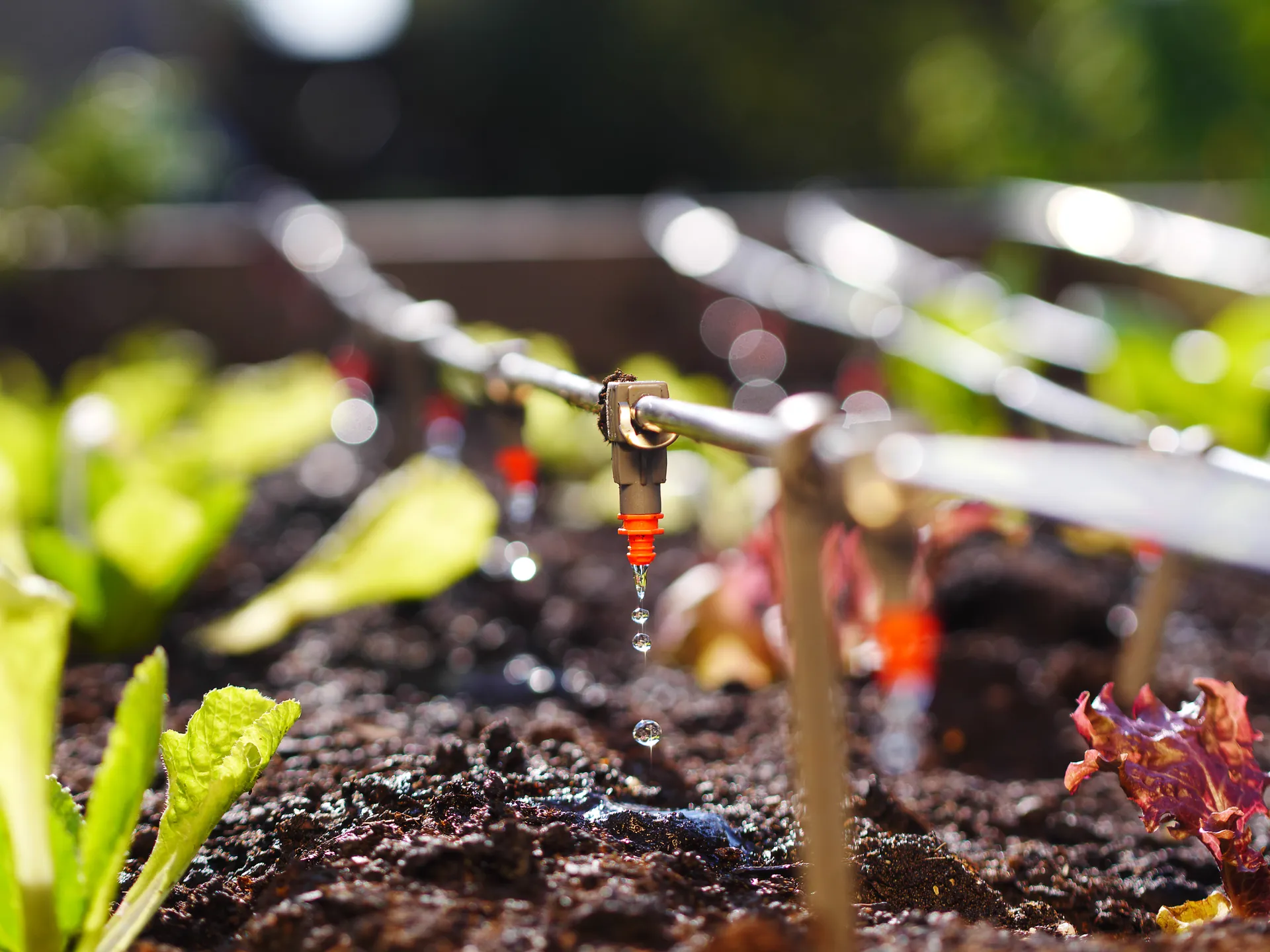
How to set it up:
- Choose the right kit
Look for a basic drip irrigation kit at your local hardware store or garden centre. Most come with tubing, connectors, drippers, and a timer. For balconies or small gardens, a compact kit is perfect; for larger beds, opt for an expandable system. - Install the tubing
Lay the main hose along your garden beds or pot clusters. Use smaller feeder tubes to reach individual pots or plants. Secure everything with stakes so it stays in place. - Add drippers or soaker hoses
Position drippers near the base of each plant. For pots, one dripper per pot is usually enough. For garden beds, consider a soaker hose for even coverage. - Set the timer
Program the timer to water early in the morning or late evening – these times minimise evaporation. Start with 10–20 minutes every 2–3 days, then adjust based on plant needs and weather conditions. - Test before you leave
Run the system for a full cycle to check for leaks, blockages, or uneven watering. Make sure your water source is secure and the timer batteries are fresh.
Extra tip:
If you’re using tank water or rainwater, ensure the pressure is adequate for the system. A small pump may be needed for gravity-fed setups.
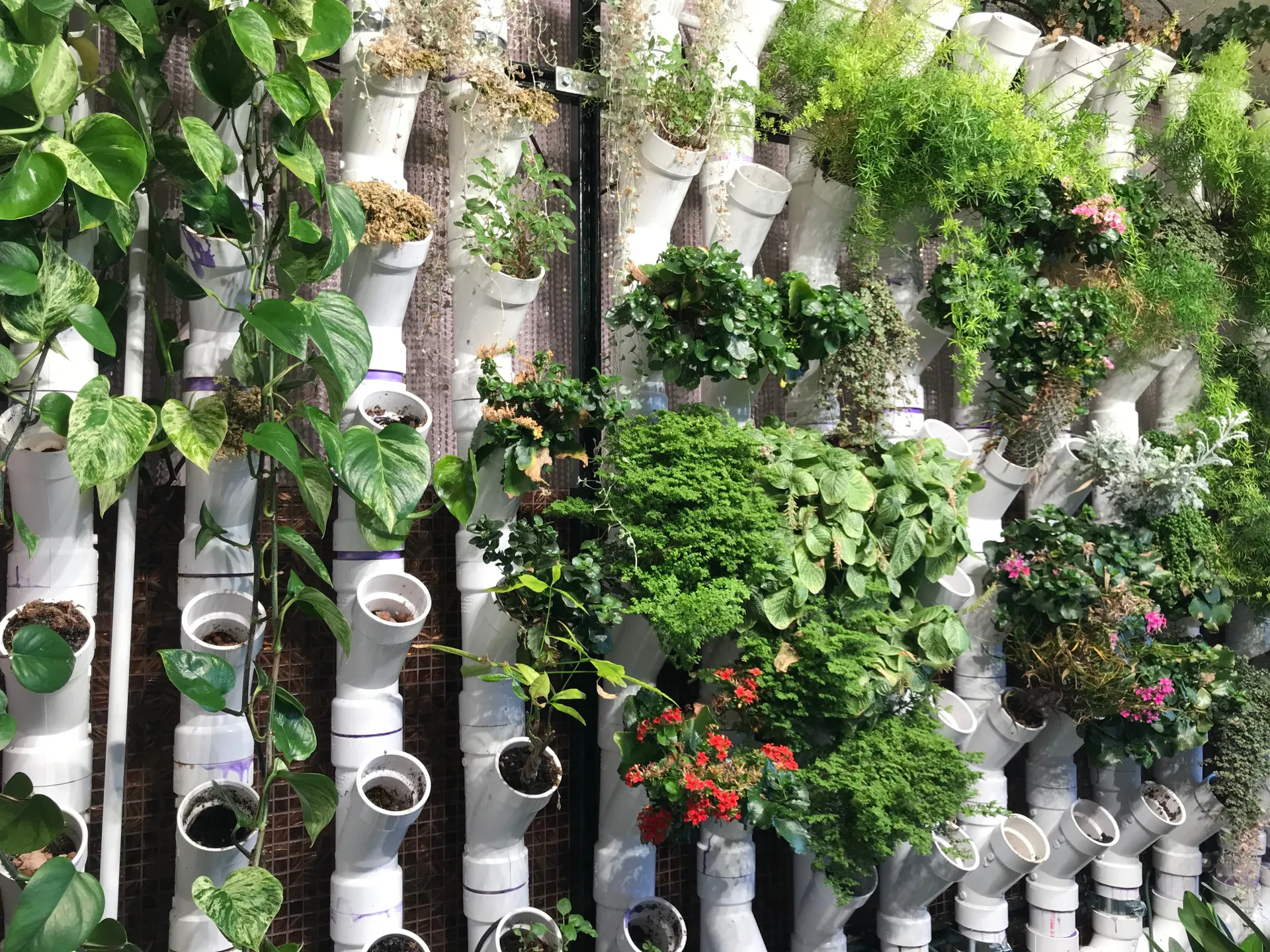
Caring for vertical gardens in summer
Vertical gardens are a great way to green up small spaces, but they can dry out quickly in summer – especially if mounted on walls that get full sun.
Here’s how to keep them thriving:
- Choose the right plants
Opt for hardy, drought-tolerant varieties like succulents, herbs (such as thyme and oregano), native violets or lomandra. These cope well with heat and limited soil. - Use moisture-retaining soil
A good-quality potting mix with added coir or water-storing crystals helps retain moisture longer. - Install a drip irrigation system
A small-scale drip system with a timer can be easily fitted to vertical garden frames. It ensures consistent watering without waste. - Mulch where possible
Even in vertical setups, a thin layer of mulch over exposed soil pockets can help reduce evaporation. - Position wisely
If possible, mount your vertical garden on a wall that gets morning sun but is shaded in the afternoon. This reduces heat stress and water loss. - Check for wind exposure
Wind can dry out vertical gardens faster than heat alone. Use windbreaks or position your garden in a sheltered spot.
Garden bed tips for summer heat
Water early and deep
Water in the early morning to reduce evaporation. Deep watering once or twice a week is better than frequent shallow watering.
Mulch generously
Apply 2–3 inches of mulch to garden beds. It acts like sunscreen for your soil—keeping it cool, moist and weed-free.

Choose heat-tolerant plants
Native and drought-resistant varieties like grevillea, banksia and native violet thrive in Queensland’s summer.
Add shade where needed
Use shade cloths, beach umbrellas or tall companion plants to protect sensitive crops during peak sun hours.
Improve soil health
Add compost or organic matter to help soil retain moisture and nutrients. Avoid compacting soil by limiting foot traffic.
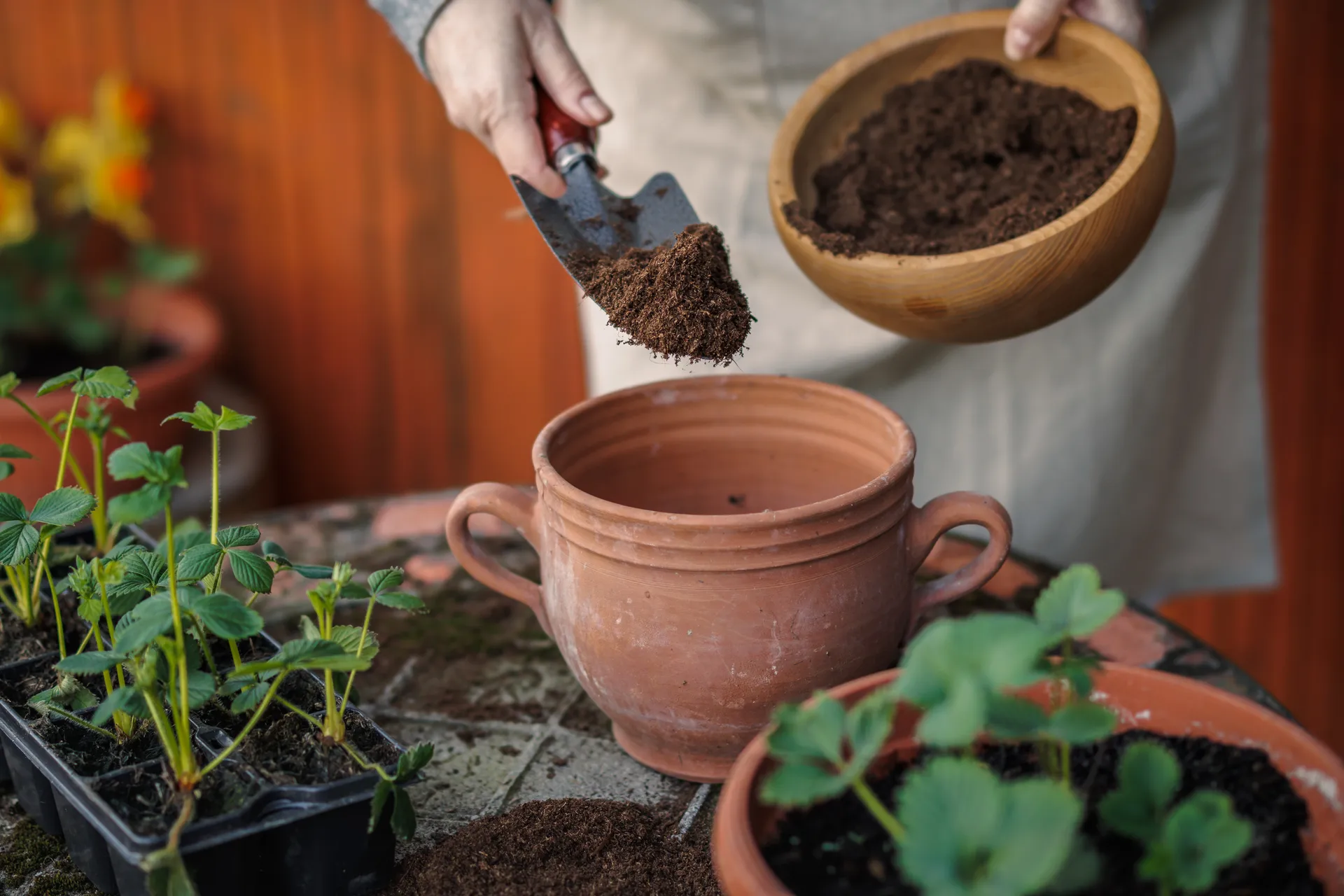
Plan ahead for heatwaves
Before a scorcher hits, water deeply at night and consider temporary shade setups.
Bonus tip: rainwater harvesting
Install a rain barrel to collect summer storms – great for topping up your garden and reducing water bills.
Categories:


